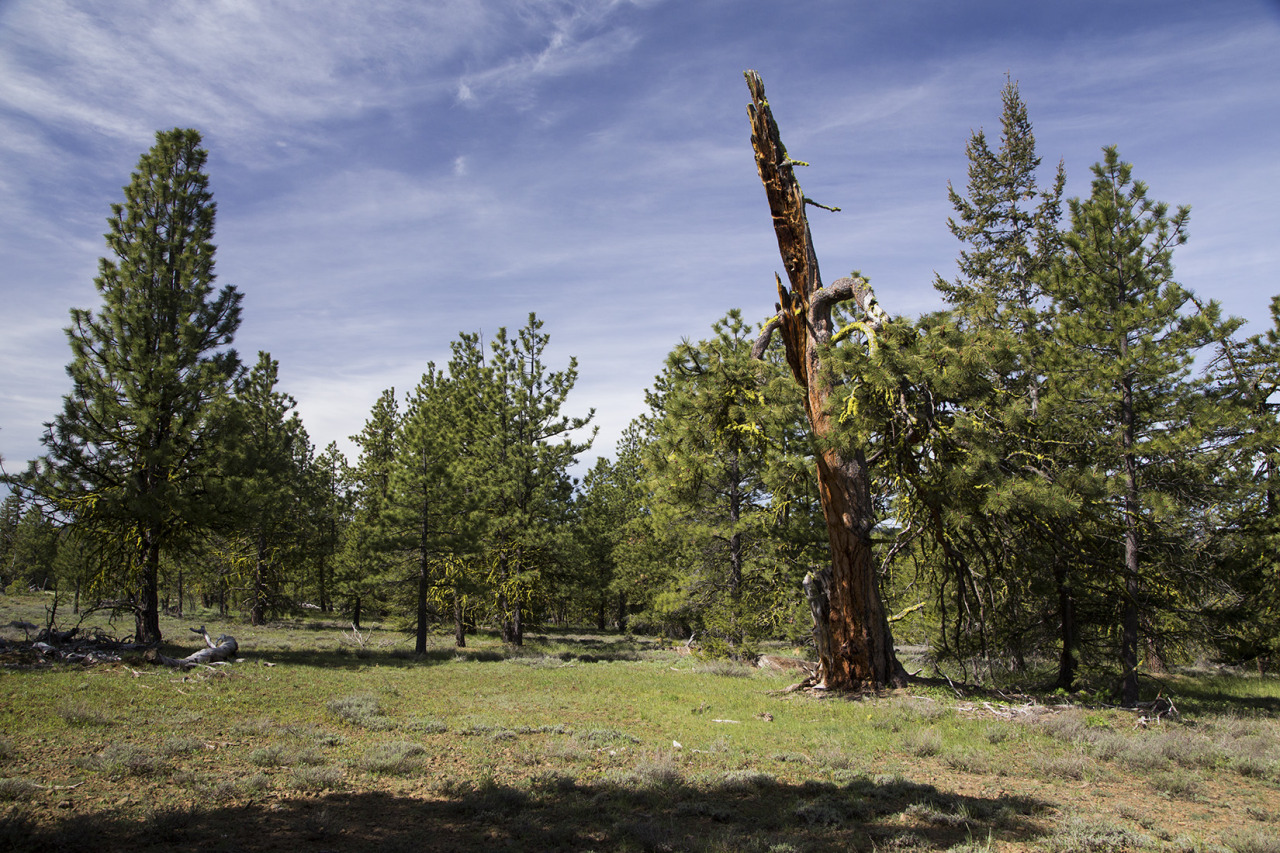Restoring Forest Health to Prevent Catastrophic Fires
Disastrous fires ravaged Washington in July. Multiple fires closed major roads, led to the evacuation of thousands, scorched more than 400 square miles and destroyed about 300 homes. The lives of both residents and firefighters remain in jeopardy and the road to recovery will be long and costly.
The conversation has already begun on how we as a society can prepare resilient communities and mitigate and reduce future catastrophic fires.
The Nature Conservancy’s Washington state director, Mike Stevens, explores the question of how to prepare and adapt in a guest opinion column that appeared in the Seattle Times on Sunday, July 27.
Read Mike Stevens’s column here.
Climate change and damaged forests are increasing the risk of huge and catastrophic wildfires in Washington.
James Schroeder, director of our eastern Washington conservation program, explains the role of fires in our forests, and the role of The Nature Conservancy in mitigating the risk of catastrophic fires.
Question: Are forest fires natural?
James: Fires have always been a normal part of healthy, thriving forests, especially in eastern Washington where our forests are drier and lightning strikes are common. So-called “good” fires have historically, and can still, help thin out small trees, clean out underbrush and ultimately leave behind stronger, more resilient trees and forests.
But in a damaged, unhealthy forest, a fire sparked by lightening can quickly spread like wildfire –literally, climbing up and jumping from tree to tree, across natural boundaries like rivers and threatening homes, communities and people.
Q: Are damaged forests and the fire that can spread through them a problem in our state?
James: We have almost 3 million acres of forest that are unhealthy, and much of that is at risk for catastrophic fire. One of the biggest causes is past logging practices followed by dense replanting of trees (often of a single species). Replanting is good, but without good fire those trees grow packed together to similar size, competing for water and other resources, become stressed and prone to burn with bad results. Another driver of unhealthy forests is climate change, which has allowed some insects to thrive where they once died off earlier each winter. Already stressed trees and more insects attacking them, mean more dead trees and fuel for fires.
Q. So what can be done?
James: We use a number of techniques to restore forests to health. One is thinning, where lots of these crowded, smaller, less fire resilient trees are removed. This lessens the amount of dry fuel waiting to burn, allows larger trees to survive fires, and promotes greater biodiversity which is important to forest health. Another interesting technique is what is called a prescribed or controlled burn. Basically this is a fire that is carefully and intentionally set by fire professionals in order to clear out that fuel in a contained way.
Q. Why is concern over forest fires growing?
James: Climate change is already making our fire season longer and hotter. With higher temperatures and snowpack declining and melting earlier in the year, scientists predict the situation will get much worse. Also with our state’s growing population, people now live much closer to fire prone areas. So the threat to humans, homes and infrastructure such as power lines is much higher.
In addition, fighting fires is very expensive and of course it puts lives at risk.
Q. What can be done to assure the health and safety of communities and protect our forests?
James: At The Nature Conservancy, we are working to keep key forest land parcels that may get developed in public ownership so that we can restore forests to health. We also work to assure adequate public funding of forest restoration programs which protect all of us from the danger and expense of wild fires.
Another valuable tool we are investing in is Forest Collaboratives. These groups pull together a wide variety of folks who have an interest in the forest – land owners, business, industry, tribes. Everyone comes together to work on solutions for the good of the forest and everyone who depends on the forest for their livelihood and well-being.
Q. For people who live in or near dry forests, what can they do to protect their homes and keep safe?
James: The Nature Conservancy in Washington is part of a program building what is called Fire Adaptive Communities. The idea is that fire is inevitable, so we must proactively learn how to live with it intentionally and safely – taking actions to protect homes and lives and recognizing the differences between good and bad fire. There is much home and property owners and communities can do working together to prepare for and lessen the risk of fire.
Learn more about or work to restore forests in eastern Washington.


















